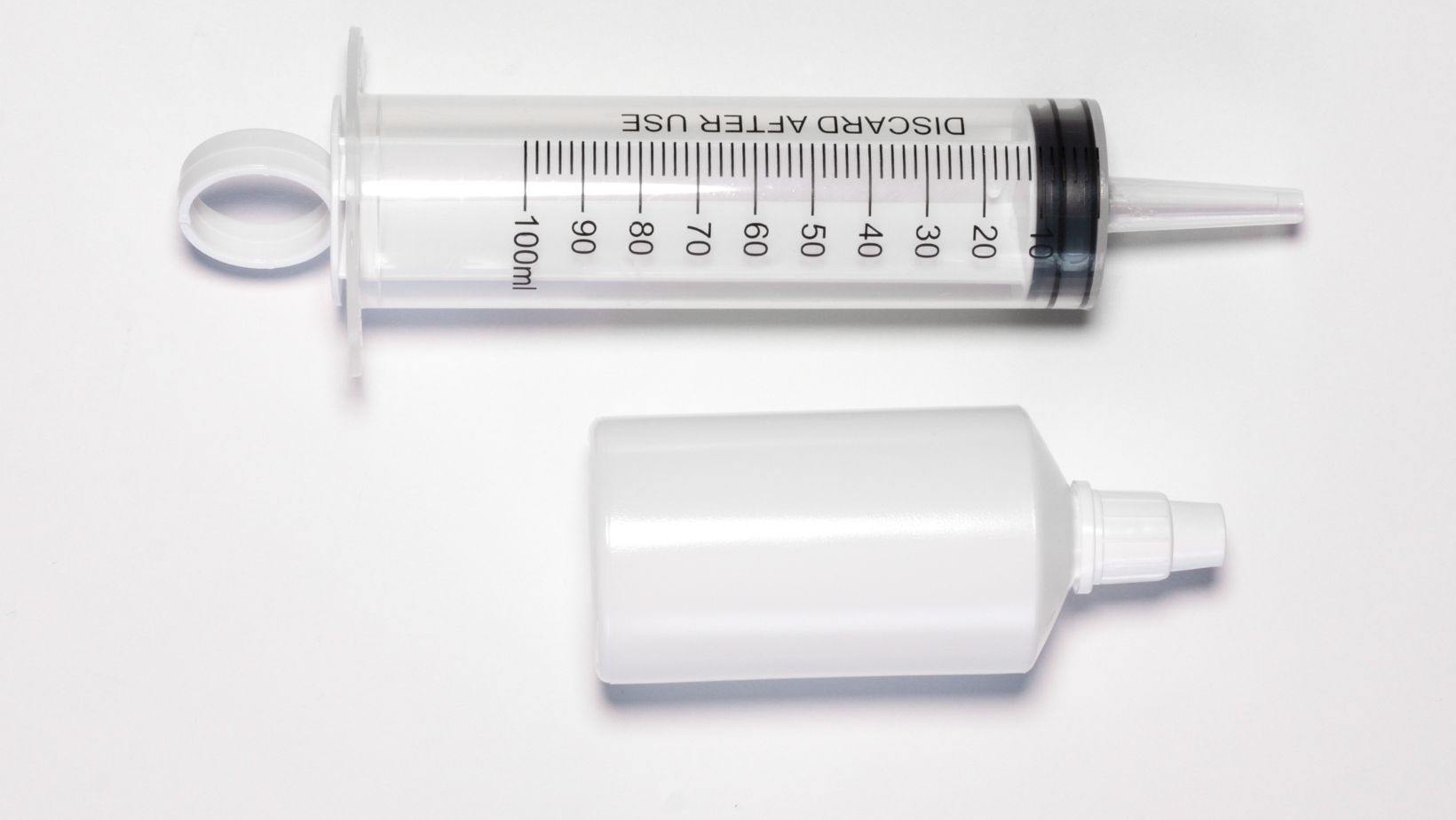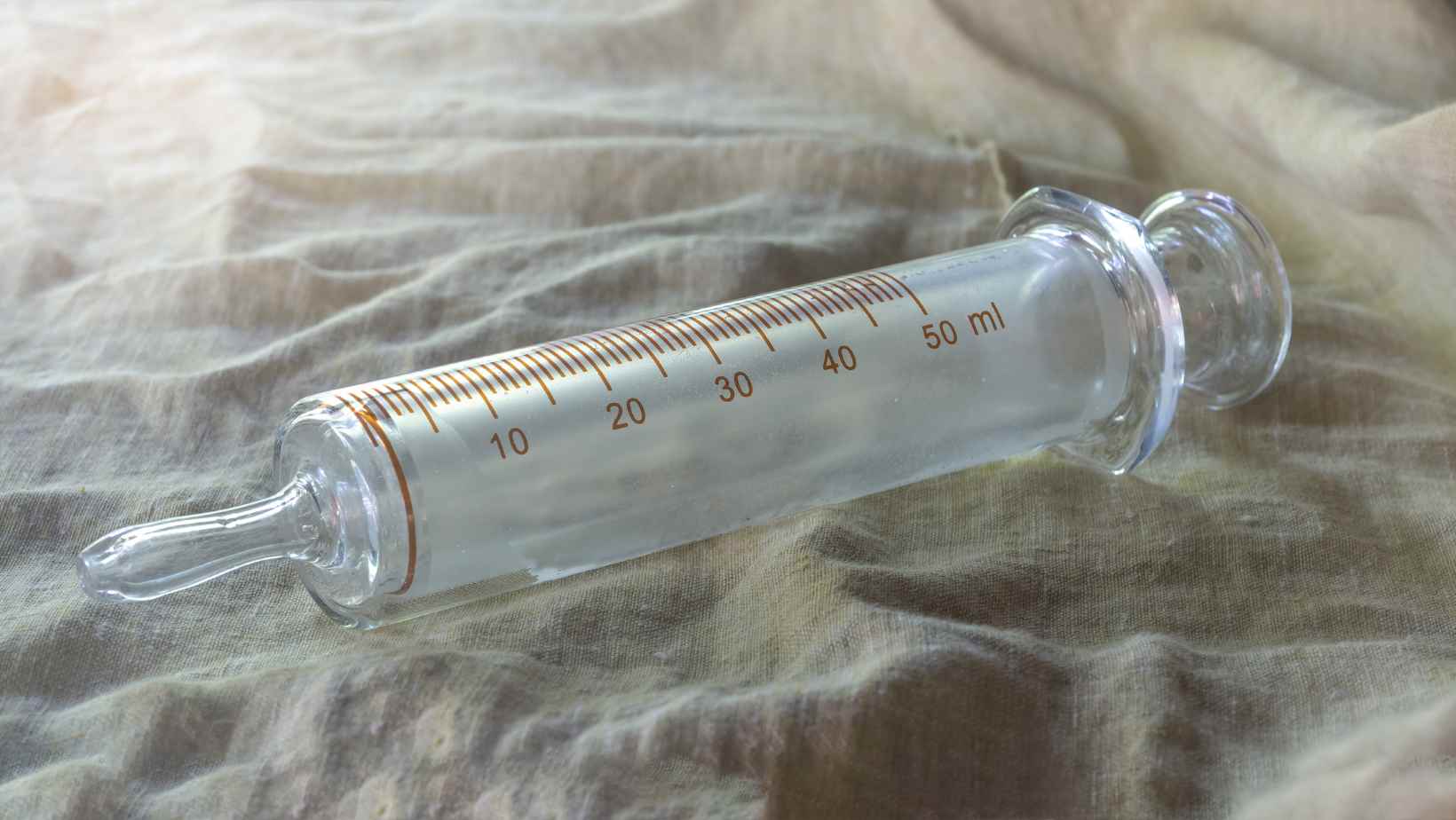Ultimate Conversion Procedure: How Many ML in a Gram of Oil

Curious about the conversion between milliliters and grams when it comes to oil? You’re not alone! Many people wonder how many milliliters are in a gram of oil. Well, let me shed some light on this for you.
When it comes to oils, the conversion between milliliters (ml) and grams (g) can vary depending on the density of the specific oil you’re working with. Different oils have different densities, which means that their volume-to-mass ratio may differ.
To get an accurate measurement, it’s important to know the density of your specific oil. Typically, most cooking oils have a similar density of around 0.92 grams per milliliter. So, if you have 1 gram of oil, it would roughly be equivalent to approximately 1.09 milliliters.
How Many Ml In A Gram Of Oil
The Basics of Milliliters And Grams
When it comes to measuring liquids like oil, milliliters (ml) and grams (g) are two commonly used units. Understanding the relationship between these two measurements is essential for accurate cooking, baking, or any other application that requires precise quantities.
Milliliters (ml) measure volume, while grams (g) measure weight or mass. This fundamental difference means that converting between milliliters and grams depends on the density of the substance being measured.
Converting Milliliters to Grams: A Step-by-Step Guide
To convert milliliters to grams, you need to know the density of the specific oil you are working with. Density is a measure of how much mass is contained within a given volume. Different oils have different densities due to variations in their composition.
Here’s a step-by-step guide on how to convert milliliters to grams:
- Find the density of your specific oil: Consult a reliable source such as product labels, manufacturer websites, or culinary references for accurate density values.
- Multiply the number of milliliters by the density: Once you have obtained the density value in g/ml, multiply this figure by the number of milliliters you want to convert.
- The result will be in grams: After performing the multiplication, you will obtain your answer in grams.
For example, let’s say we have 50 ml of olive oil with a density of 0.92 g/ml:
50 ml x 0.92 g/ml = 46 g
Therefore, our 50 ml of olive oil would weigh approximately 46 grams.
It’s crucial to note that this conversion method relies heavily on accurate density values for each specific type and brand of oil.

Converting Milliliters to Grams: The Basics
When it comes to determining the amount of oil in milliliters (ml) compared to grams (g), understanding the conversion between these units is essential. While there isn’t a direct one-to-one conversion due to the varying density of different types of oils, you can still estimate an average value.
Here are the basics of converting milliliters to grams:
- Know the density: The density of oil plays a crucial role in converting ml to grams. Each type of oil has a specific density value, which represents how much mass it occupies per unit volume. For instance, olive oil and coconut oil have different densities.
- Consult a reliable source: To find the density of a particular type of oil, it’s best to refer to reputable sources such as food science databases or published research papers. These sources often provide accurate and detailed information on various oils’ densities.
- Use the formula: Once you have determined the density, you can use it in a simple formula:
Mass (grams) = Volume (milliliters) x Density (grams/milliliter) - Apply the calculation: Let’s say you want to convert 50 ml of olive oil into grams using its known density as 0.92 g/ml:
Mass = 50 ml x 0.92 g/ml = 46 grams - Be mindful of temperature: It’s important to note that temperatures can affect both volume and density measurements. Therefore, ensure that your conversions are based on consistent temperature conditions for accurate results.
Remember that this method provides an approximation since oils may have slight variations in their densities depending on factors like quality and brand. However, for most practical purposes, this approach should give you a good estimate when converting milliliters to grams.
Please note that the values mentioned in this article are for illustrative purposes only, and it’s always recommended to refer to specific density measurements for different types of oils.




